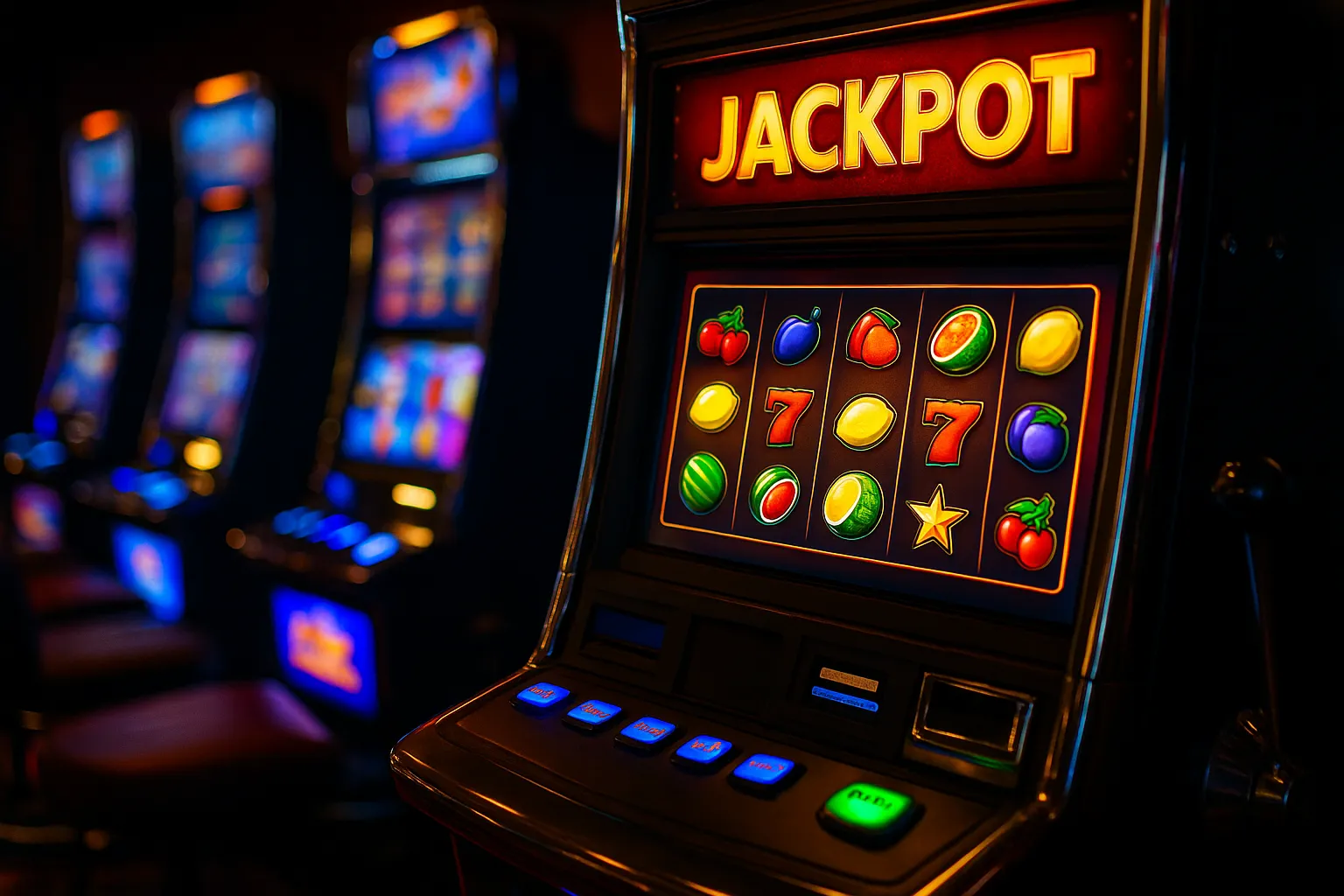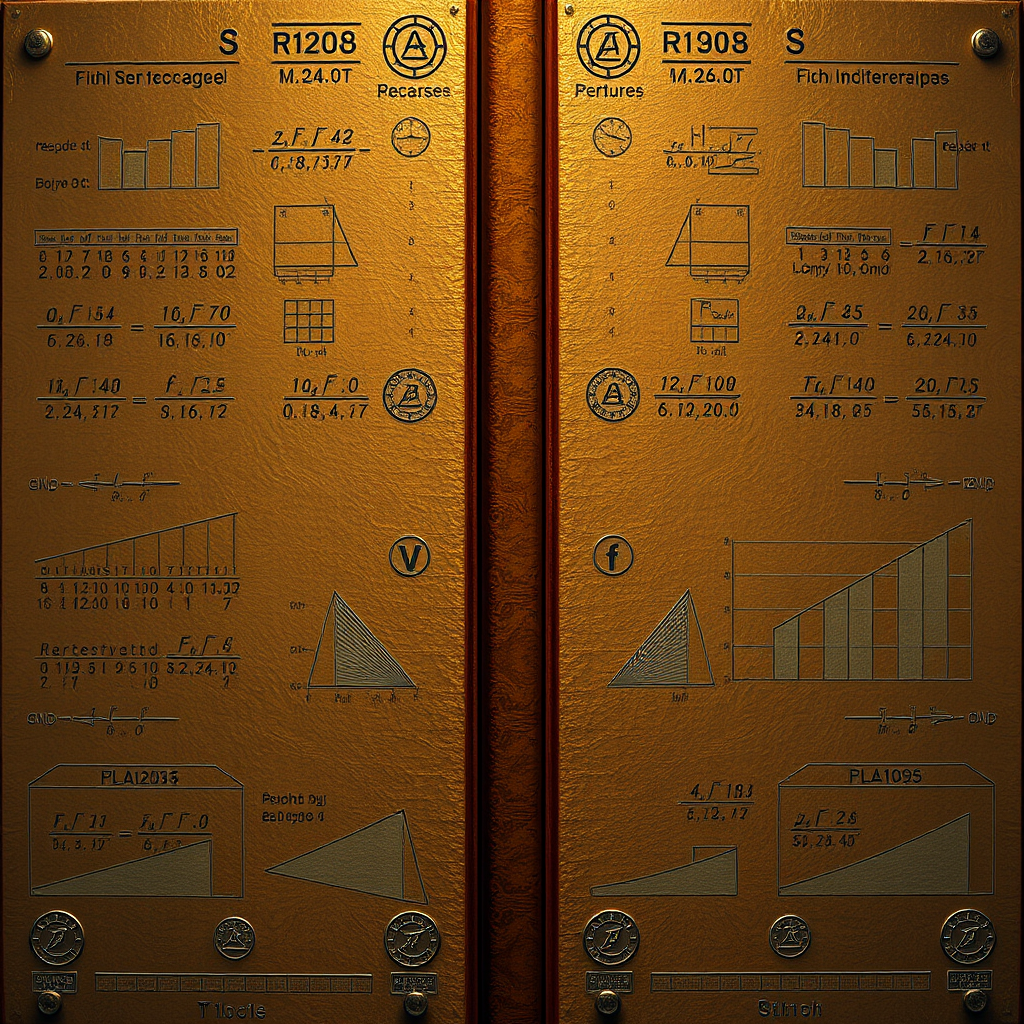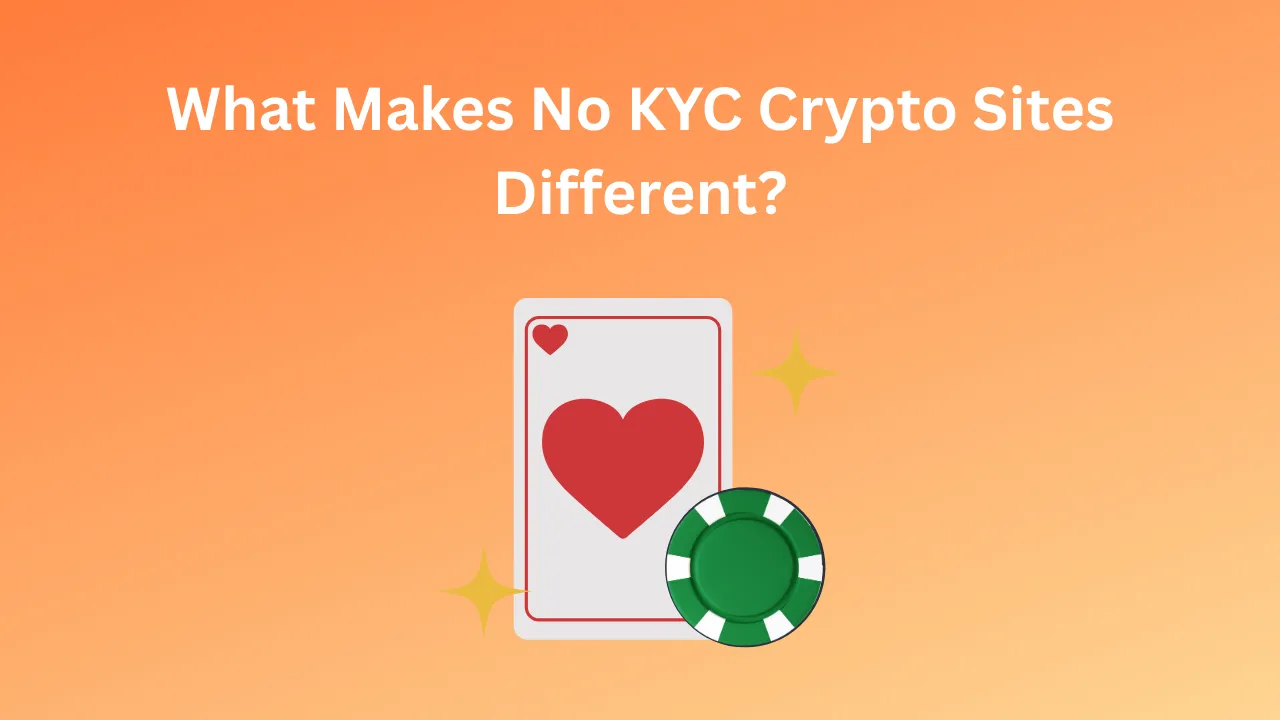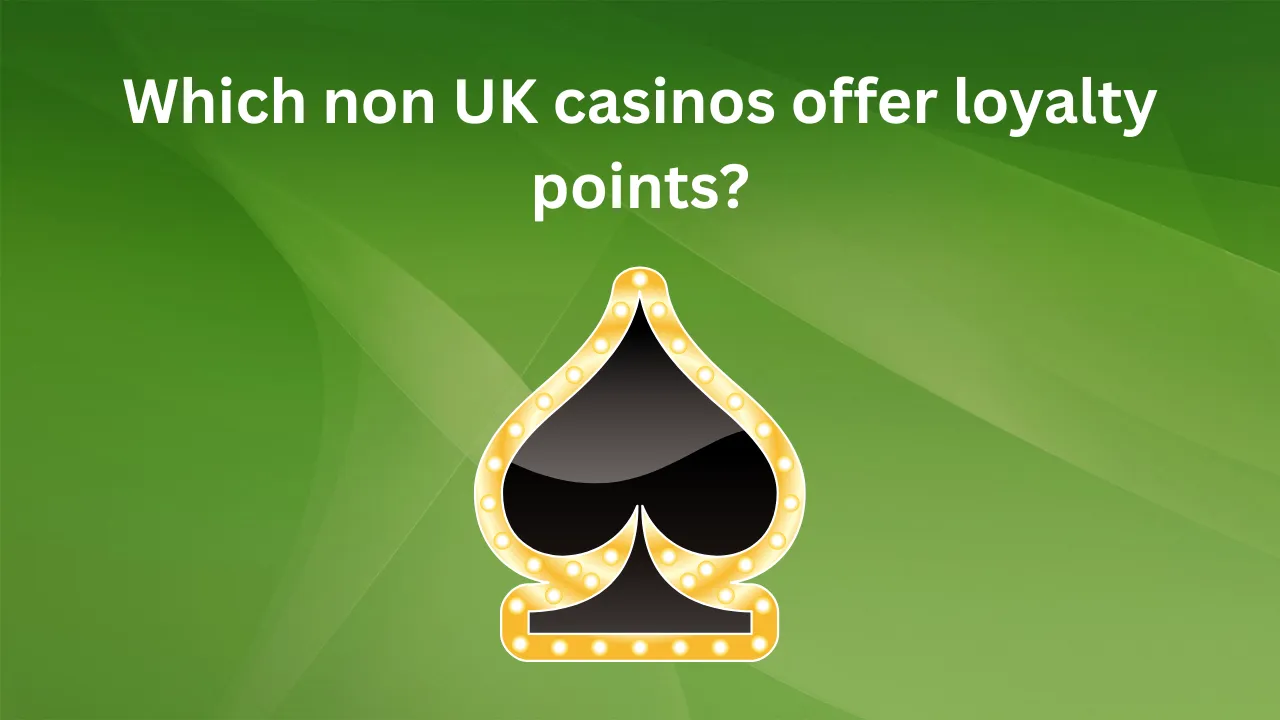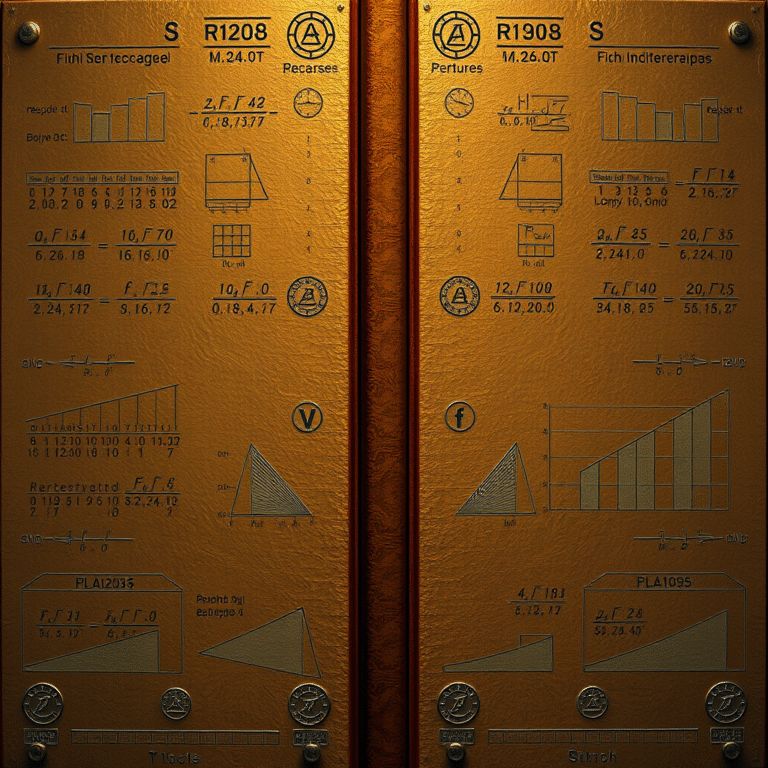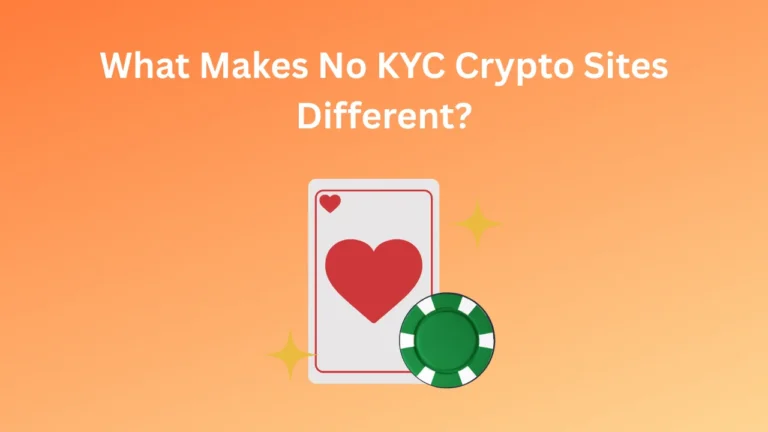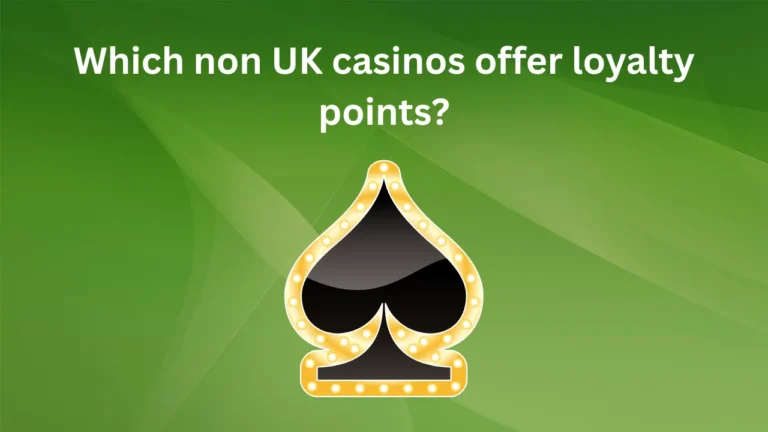When it comes to slot machines, one of the most talked-about figures is the RTP—Return to Player. Casinos love to highlight it, regulators demand it, and players often base their game choices on it. You’ll see numbers like 95% or 97% proudly advertised, suggesting that over time, you’ll get most of your money back. But can these percentages truly be trusted, or is there more to the story than the marketing makes clear?
Having played and researched both land-based and online slots for years, I’ve seen how RTP is presented and how it functions in practice. For new and experienced players alike, it’s important to separate the myth from the math.
What Is RTP and How Is It Calculated?
RTP, or Return to Player, is a theoretical measure of how much a slot machine pays back to players over the long run. If a game advertises an RTP of 96%, it means that for every $100 wagered, the machine is expected to return $96 in winnings on average, while the casino keeps $4 as profit.
The catch here is the phrase “on average.” RTP is calculated across millions of spins, using computer simulations and mathematical models. For a casual player who might only spin a few hundred times, the actual return can be wildly different. That’s where the misunderstanding often begins.
Why Players Should Be Skeptical
While RTP percentages are generally accurate in the sense that they’re based on certified algorithms, they don’t guarantee outcomes for individual players. In the short term, variance plays a much bigger role. You might lose your bankroll in a single unlucky session, or you might hit a jackpot that puts you well above the advertised percentage.
Another layer of skepticism comes from how RTPs are sometimes presented. Casinos highlight them as if they’re promises, but the reality is more nuanced. Some online platforms even adjust RTP settings by jurisdiction, meaning the same game might have a different return rate depending on where you’re playing.
The Role of Random Number Generators
Behind every slot machine lies an RNG, or Random Number Generator. This is the engine that ensures each spin is independent of the last. In reputable casinos, RNGs are tested by third-party agencies to ensure fairness. However, in less regulated markets, the trustworthiness of these systems can be questionable.
This is why players are encouraged to choose platforms with strong reputations and transparent licensing. A flashy RTP percentage is meaningless if the RNG itself isn’t truly random.
RTP in Land-Based vs Online Casinos
From my own experience, online casinos tend to offer higher RTP percentages than their land-based counterparts. Brick-and-mortar slot machines often hover around 85–90%, while many online slots advertise 95–98%. This difference exists because online platforms have lower overhead costs and can afford to be more generous.
However, players should still be cautious. The advertised percentages remain long-term averages, not guarantees. Walking into a casino expecting that your $100 will “definitely” turn into $96 back is a misconception that leads to frustration.
Comparing RTP to Real-World Play
Consider a real-world example. Suppose you play an online slot with a 97% RTP. You wager $1,000 over the course of several sessions. In theory, you should receive about $970 back. In reality, you could easily end up with only $500 if you hit a cold streak—or you might walk away with $2,000 if you land a bonus round early.
The lesson is that RTP is more of a long-term statistical reassurance than a player-level prediction. It tells you how fair a game is relative to others, but it doesn’t guarantee your personal results.
Alternatives and Player Preferences
The growing popularity of platforms like best no kyc casinos shows how player priorities are shifting. Many players are now less focused on chasing small percentage differences in RTP and more interested in transparency, fast payouts, and privacy.
These casinos tend to emphasize speed and anonymity rather than promising near-perfect fairness through RTP marketing. For players who value control and convenience, this shift in focus is refreshing. It highlights that RTP isn’t the only factor worth considering—trust, accessibility, and security matter just as much.
Why Casinos Emphasize RTP
Casinos push RTP percentages heavily because it creates a sense of trust and competitiveness. A player comparing two slots might be swayed toward the one offering 97% over 95%. But in the end, both games are designed to ensure the house always has the edge.
It’s also worth noting that some providers allow casinos to select from multiple RTP settings for the same game. That means your favorite slot might be running at 92% in one casino and 96% in another. If you don’t check the information screen or terms, you may never realize it.
How to Use RTP Wisely as a Player
The best approach is to view RTP as one piece of the puzzle. Yes, choose games with higher RTP when possible, but don’t treat it as a guarantee of winning. Combine RTP awareness with other responsible gaming practices—like setting budgets, pacing your play, and knowing when to walk away.
If you’re serious about playing slots with the best chances, research game volatility (whether the game pays smaller, frequent wins or rare, large jackpots) alongside RTP. These factors together give you a more complete picture of the gaming experience.
Final Thoughts
So, can slot machine RTP percentages be trusted fully? The answer is yes and no. They can be trusted as mathematical averages verified by regulators, but they should never be mistaken for personal guarantees. They’re useful benchmarks for comparing games, but they don’t eliminate the inherent risk of gambling.
For new players, the key is to use RTP as a guideline while remembering that luck, variance, and personal discipline will determine your actual results. Gambling should always be viewed as entertainment first, with RTP percentages serving as a tool to make smarter—not risk-free—choices.

